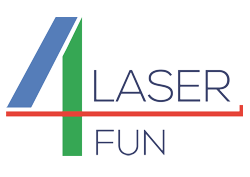Results of the work in the Laser4Fun project has been published as:
Antonio Garcia-Giron, Jean-Michel Romano, Afif Batal, Aleksandra Michalek, Pavel Penchev and Stefan Dimov. Experimental investigation of processing disturbances in laser surface patterning. Optics and Lasers in Engineering (2020) 126, 105900. doi: 10.1016/j.optlaseng.2019.105900.
Abstract
Laser surface patterning has attracted a significant interest from industry and research due to its promising applications in surface functionalisation. However, there are specific issues and limitations associated with the beam delivery, especially when processing 3-D surfaces and/or setting up routines for executing complex multi-axis processing strategies. In particular, there are common processing disturbances that affect the resulting surface topographies and profiles and their respective functional responses, i.e. geometrical distortions of resulting surface patterns, focal offset distance (FOD) and variations of beam incident angle (BIA). A method to investigate the effects of these factors in laser patterning 3-D surfaces is presented in this research, especially how their effects can be analysed independently by conducting empirical studies on planar surfaces. A pilot implementation of the proposed methodology is reported for producing channel-like patterns on stainless steel plates with a super-hydrophobic functional response. The results are discussed in detail to show how the effects of processing disturbances on topographies, profiles and areal parameters together with the respective functional responses of patterned planar surfaces can be analysed and then used to set constraints in pre-processing 3-D surfaces for follow up laser patterning.
